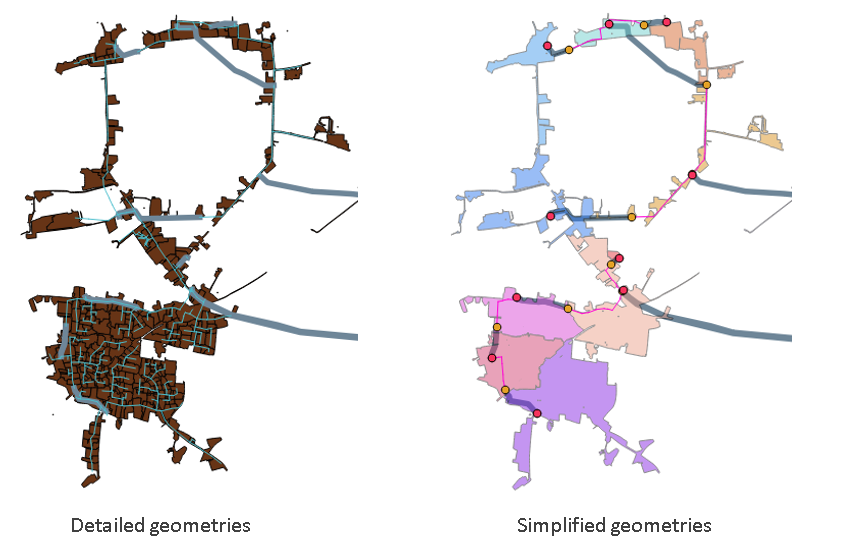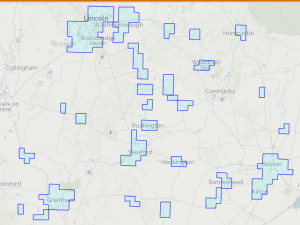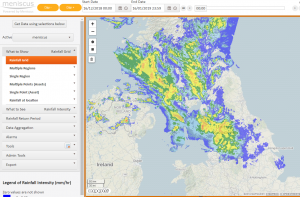MAP Sewer – creation of simplified sewer network models
New MAP Sewer capability speeds up the creation of the simplified sewer network models. This makes is quicker and easier to set up our near real time predictive modelling of the sewer network.
We have been working to speed up the creation of the simplified sewer network models in MAP Sewer so that we can rapidly create new models for new catchments. We have now automated the process of creating the main simplified model, and all the relevant geometries, from the detailed GIS layers that make up the ‘standard’ detailed models used by most water companies.
The objective of this work is:
The methodology includes:
The process takes several hours to run and the outputs are:
Once this is done then we can add some of the pumping attributes to the Pumping Station and Detention Tank geometry files and then load all the files into MAP Sewer from the dashboard. MAP Sewer then creates the geometries in a few minutes and the whole catchment is calculated in 20 minutes – this includes over 2 years of historic data all at 5 minute periodicity. We can now start to validate the model and to feed it with real time and forecast rainfall data.



